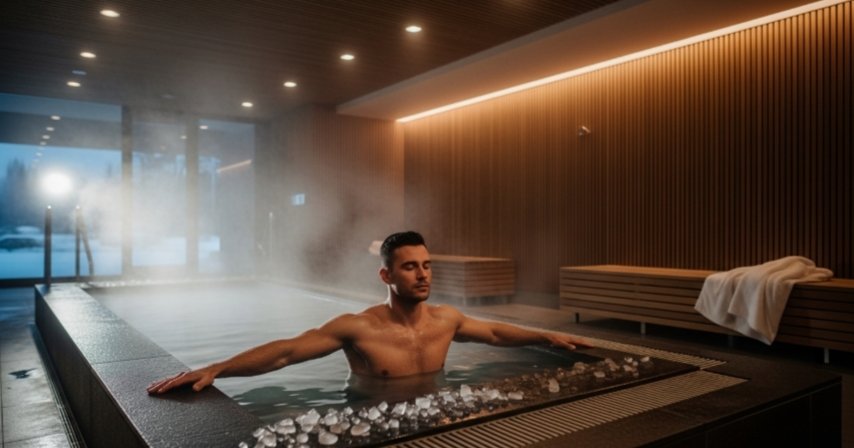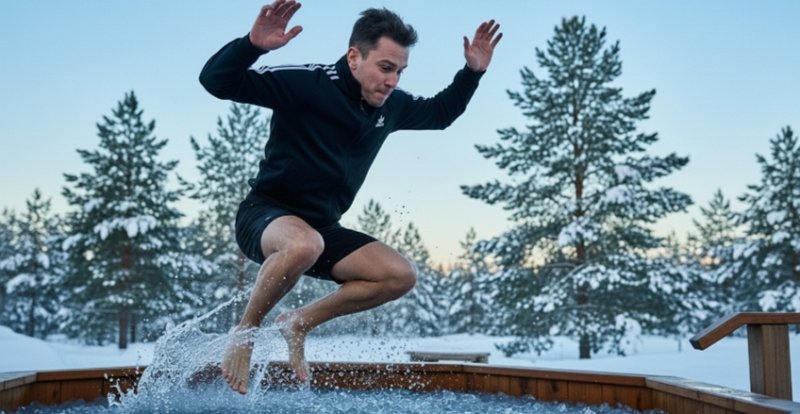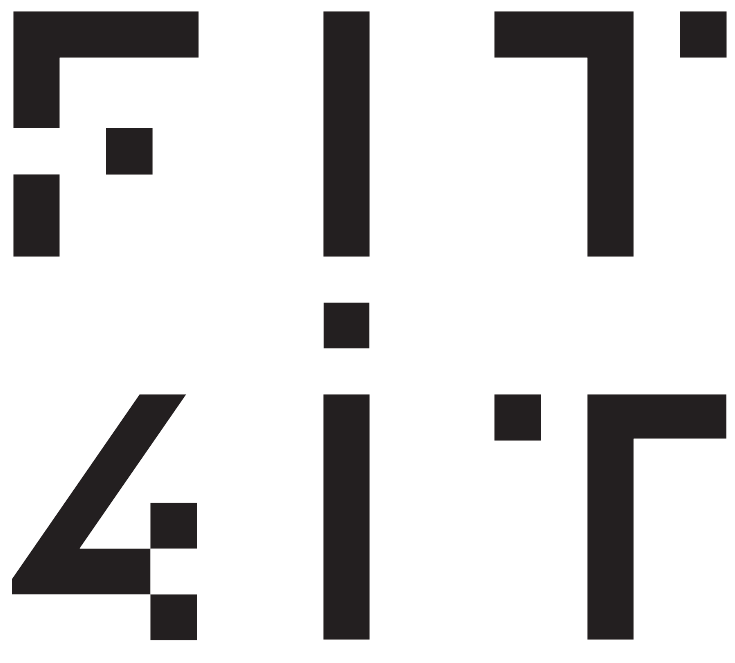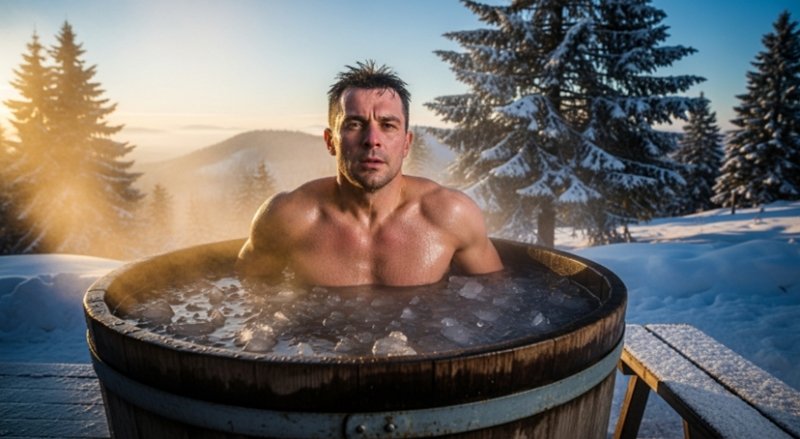Recovery after workouts is where most gains happen. Without sufficient repair, training often leads to fatigue, injury, and even stalls your progress. Among the various options, cold exposure for workout recovery has shown promising results. These cold exposure tools include ice baths, cold showers, cryotherapy, or contrast therapy.
Research shows these tools may reduce muscle soreness, lower inflammation, and improve recovery with the help of warming up and cooling down. What this means is that if you use cold exposure, you will be able to train better with less discomfort and maintain strength better over time. Let’s discuss this topic in detail:
What Is Cold Exposure For Workout Recovery?
Cold exposure refers to exposure to low temperatures using methods like ice baths, cold showers, or cryotherapy. The idea is to provoke physiological responses that increase performance and recovery. This involves vasoconstriction, reduced metabolic rate in tissues, and less swelling. Afterward, rewarming leads to vasodilation and improved circulation.

Ice baths help a lot with recovery
This type of recovery strategy helps flush toxins, reduce delayed-onset muscle soreness (DOMS), and improve psychological recovery. A Frontiers study also states that combining cold with compression enhances muscle repair. Other research-based benefits include:
- Cold water immersion improves muscular power 24 hours after eccentric and high-intensity exercise.
- It reduces serum creatine kinase, a muscle damage marker.
- CWI shows reductions in muscle soreness and improved perceived recovery.
- Post-workout CWI improves heart rate variability (HRV) and circulation.
How To Apply Cold Exposure?
Cold exposure works best when you follow correct protocols and safety guidelines. Below are recommended protocols and variations based on current evidence:
- Ice baths or cold water immersion at 10 to 15 degrees Celsius for about 5 to 10 minutes post-workout.
- Cold showers (unheated) for 2 to 5 minutes when an ice bath is not possible.
- Contrast therapy, which means alternating cold and warm water, combines the benefits of cold and improved blood flow via warming phases.
Here is a table explaining how to apply these protocols:
| Method | Temperature / Duration | When To Use |
|---|---|---|
| Ice Bath / CWI | ~10-15°C for 5-10 minutes | Immediately after intense training |
| Cold Shower | Ambient cold water, 2-5 minutes | Post-exercise or recovery days |
| Contrast Therapy | Cycles: 1-2 min cold / 2-3 min warm (x 3-5) | After very sore sessions or long workouts |
Risks & Drawbacks
Using cold exposure right after strength training has some drawbacks and risks. Studies show cold water immersion can stop some of the anabolic signaling required for muscle growth when used too frequently.
If your goal is building size, frequent ice baths immediately after heavy lifting may reduce strength and hypertrophy adaptations. In this way, these baths may also reduce the effectiveness of the nutrition that you take in for strength training.

Overdoing ice baths can make you sick
Cold exposure for workout recovery is most effective when tailored to your specific training type and goals. Some of the risks involved are:
- Cold shock response, in which sudden immersion can spike heart rate and blood pressure.
- Potential interference with muscle growth if cold exposure is applied too aggressively after resistance training.
- Some studies suggest it might hinder hypertrophy when used frequently.
- Risk of hypothermia, frostbite, or nerve damage if the temperature is too low or exposure is too long.
When To Use Cold Exposure?
Your training type and recovery goals determine when you can use cold exposure. For endurance or high-volume training, such as long-distance runs, cold exposure immediately after helps reduce soreness and inflammation. On the other hand, for strength or hypertrophy-focused training, waiting several hours may preserve muscle-building signals better.
Another important point here is that timing cold exposure relative to your nutrition and protein intake also matters. Delaying the cold until after the protein has been delivered may minimize negative effects. In short, you should apply cold exposure:
- After endurance or high-repetition sessions, there is a need for quick recovery.
- On rest or light training days, rather than directly after every strength workout.
- Delay cold exposure by 1-2 hours post-strength training when muscle growth is the priority.
- Use milder cold or shorter durations during hypertrophy cycles.
Combining Cold With Other Recovery Tools
Cold exposure might alone not bring the desired results, as it works best in a broader recovery system. Nutrition, sleep, active recovery, compression, and rest all play an important role. If you eat enough protein, get good sleep, hydrate well, and use light movement or stretching, cold exposure adds a beneficial boost.

Sleep helps with recovery
Apart from that, doing these things together also brings many psychological benefits. Many athletes who previously reported mental fatigue say they got rid of it and felt more refreshed mentally when they tried these recovery options together. Here are a few recovery options combinations that you can try:
- Protein and carbs after workouts to supply repair substrates.
- 7 to 9 hours of sleep in a cold environment.
- Active recovery through walking and foam rolling to maintain circulation.
- Compression garments or massage may complement cold to reduce soreness.
Frequency Of Cold Exposure For Recovery
Like everything else, balance is also very important in cold exposure recovery. Not every session needs an ice treatment, as a few times per week is often enough. Start with a lower frequency and a milder cold, then increase only if recovery is not enough.
Also, you must monitor subjective signs, such as how sore you are, performance drop, and energy levels. Too much cold exposure may do more harm than good, especially for those aiming for muscle growth. The following table will help you with the frequency:
| Training Focus | Suggested Frequency | Suggested Cold Intensity / Duration |
|---|---|---|
| Endurance / high volume | 2-3 times per week | Full immersion 5-10 min, 10-15°C |
| Strength / hypertrophy | 1-2 times per week, off strength days | Shorter immersion, milder temp, delayed post-workout |
| Light / rest / active days | Optional, 1 per week or less | Cold shower or localized cold |
When you are unsure about deciding the intensity, it is a good idea to seek help from a personal trainer. For that, FIT4IT’s certified trainers offer their deep expertise in training and recovery through their online sessions.
Practical Tips & Safety
Before you implement cold exposure for workout recovery, there are a few safety tips that you must follow. For example, use timers to avoid staying in too long. Additionally, monitor water temperature with a thermometer.
If you feel numbness, dizziness, or if breathing becomes uncomfortable, exit immediately. Also, ensure gradual adaptation instead of jumping to extreme cold right away.

You need to follow safety tips before going for cold exposure recovery
Here is an additional checklist:
- Warm up or finish your workout properly before cold exposure.
- Start with shorter durations or warmer cold water if new.
- Use reliable water temperatures (ideally 10 to 15 degrees Celsius for immersion).
- Ensure post-cold rewarming is done with dry clothes and warmth.
Cold exposure ensures less soreness, faster perceived healing, and improved readiness for training. With the above guidance, you should be able to incorporate this recovery technique in your workout schedule for maximum results. For guidance tailored to your routine and goals, FIT4IT trainers can help design custom cold exposure strategies that work with your body without sacrificing strength or gains.
Was this helpful?
Good job! Please give your positive feedback
How could we improve this post? Please Help us.






No Comments